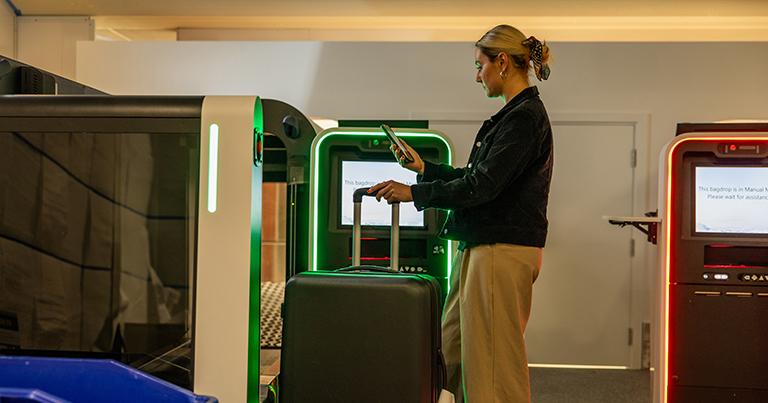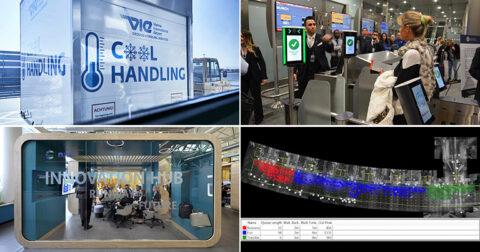
Auckland Airport – a Partner of the FTE Baggage Innovation Working Group – is introducing smarter check-in technology. Over the next few years, around 100 existing check-in counters will be replaced with self-service kiosks and bag drops as Auckland Airport works towards upgrading the experience for travellers.
“If we look at international best practice, travellers can save up to 13 minutes across the check-in process – that’s all the steps needed to get you checked in and your bags dropped off – with wait times for the self-check options typically no more than five minutes,” said Scott Tasker, Chief Customer Officer, Auckland Airport. “That’s far quicker than you’d generally experience at a traditional check-in desk. Importantly, it gives travellers control and certainty over the check-in experience. The process will be faster, but if you need to take a bit more time or require some assistance, you don’t feel the pressure of a line of people waiting behind you. Conversely, if you’re a seasoned traveller, you can get through check-in quickly. It just makes for a more relaxed experience all round.”
It’s all part of Auckland Airport’s infrastructure investment programme, delivering critical assets that will have decades of ongoing use, including a new domestic jet terminal integrated into the international terminal.
“As New Zealand’s main gateway, our airport needs to be fit for the future of travel, delivering the uplift in experience travellers are asking for,” said Tasker. “It will also be the future home of check-in for domestic jet travellers, when they shift across to the new terminal.”
When complete, the new self-service kiosks and bag drops will be available to all travellers no matter what airline they’re on, meaning multiple airlines can be checking in from the same kiosks at the same time, creating additional capacity and efficiency within the check-in hall.
The front-of-house improvement ties into an equally significant upgrade to the airport’s baggage handling system, which allows bags to be individually tracked and traced from the moment they leave the traveller’s hand through to loading onto the aircraft.







